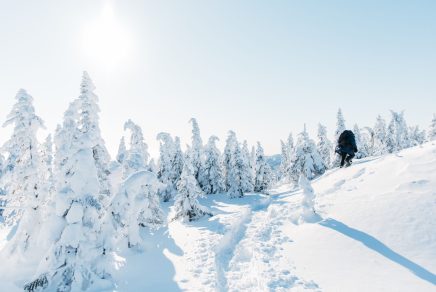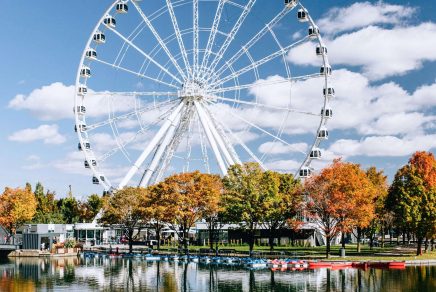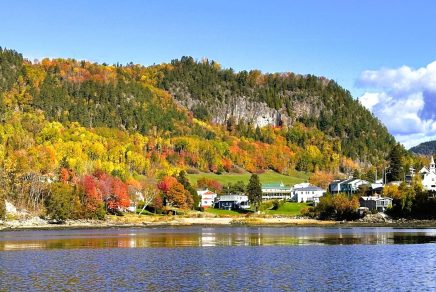Welcome to Quebec, where the wilderness reigns supreme and wildlife encounters are nothing short of legendary. If you’re a fan of four-legged friends, or just curious about the diverse creatures that inhabit North America, Quebec is your ultimate playground. Here, you can observe some of the largest animals on the continent in their natural, undisturbed habitats. Why not make your next trip to Canada a safari of sorts with wildlife observation in Quebec?
Come meet the mammals that nestle deep in our forests, the mysterious marine creatures that navigate the mighty St. Lawrence River, and the magnificent species of birds that soar through the skies. And, perhaps, pair your adventure with one-of-a-kind accommodations for an authentic Quebecois experience?
Useful tips for wildlife observation in Quebec
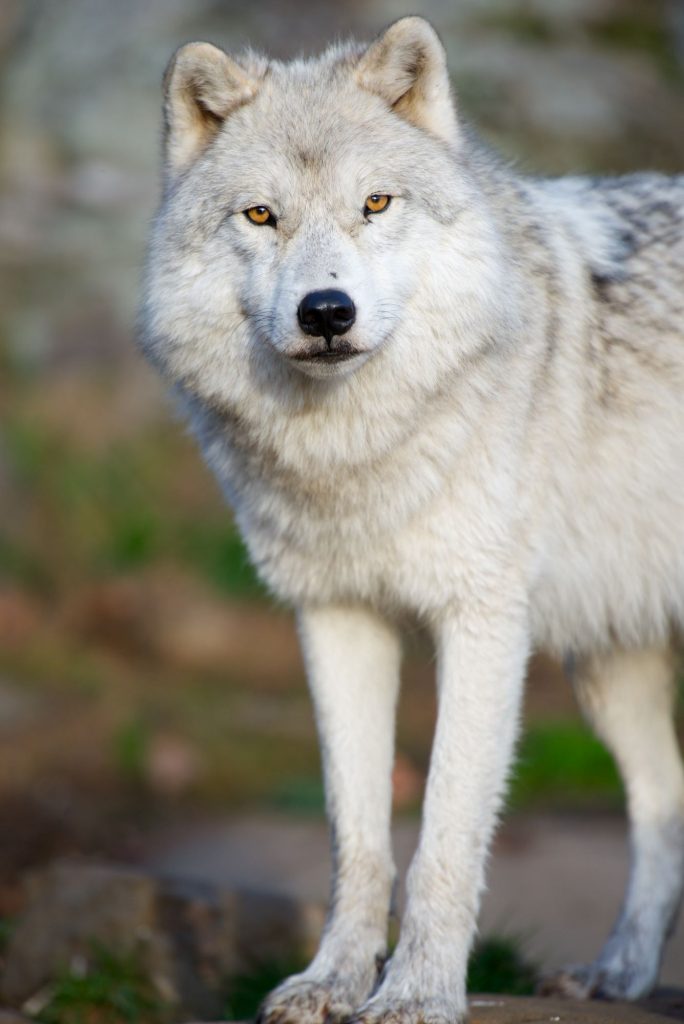
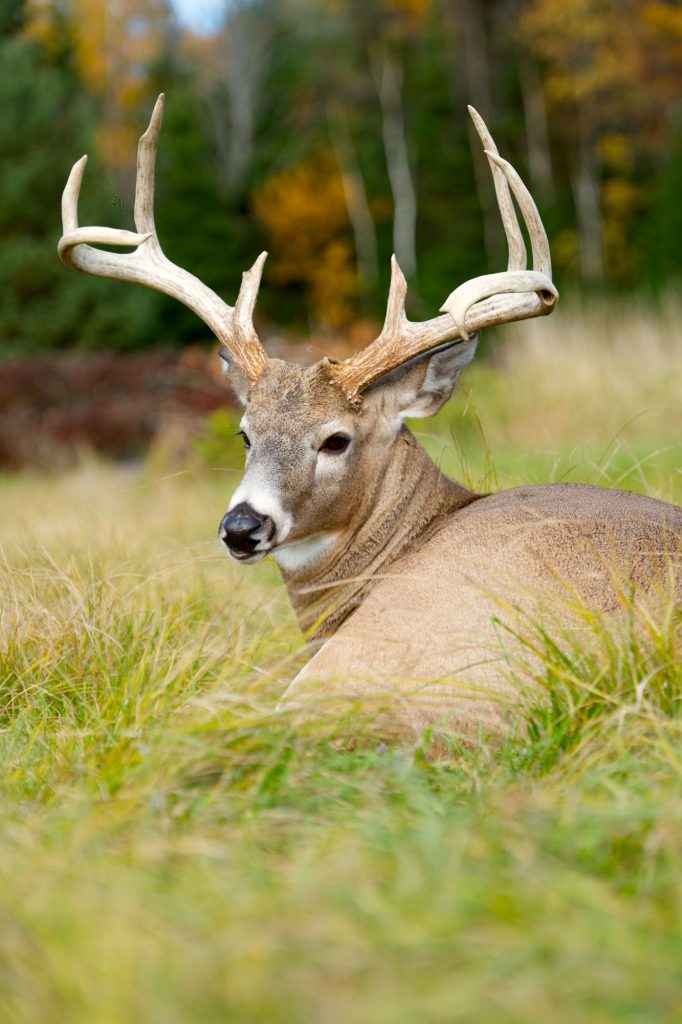
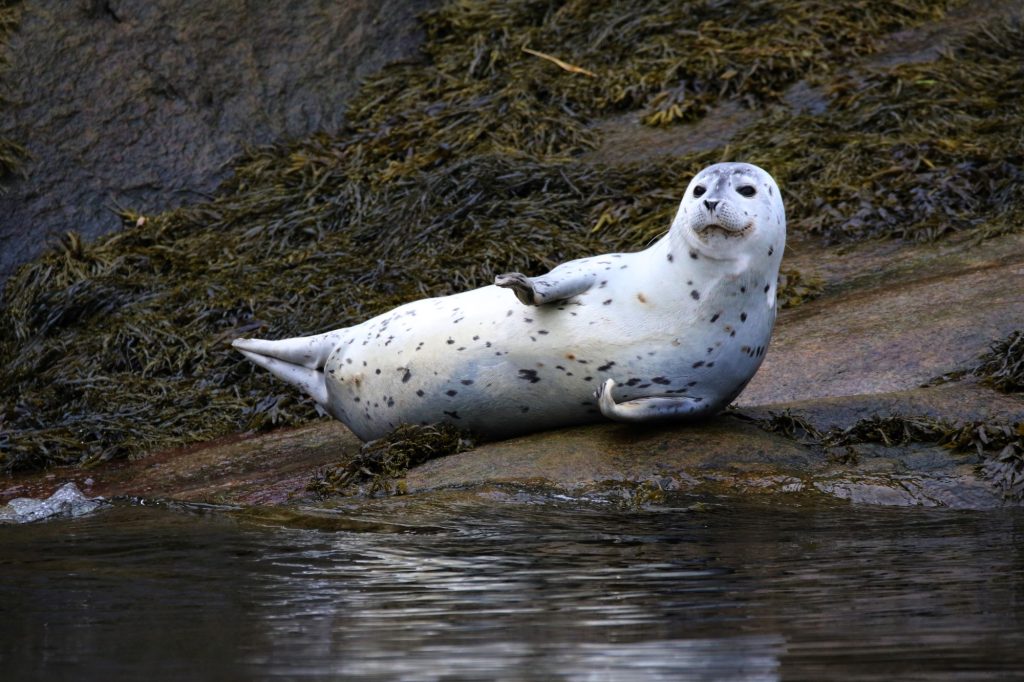
- Pack your binoculars: Your eyes on the wild, magnified.
- Choose wisely: Opt for excursions approved by the Ministry of Tourism to ensure ethical wildlife viewing.
- Stay on the trail: Don’t venture off-course in order to protect the habitats of the creatures you encounter.
- Do not feed wildlife: Keep snacks to yourself; let the animals find their own.
- Keep your distance: A respectful distance allows for safe and meaningful encounters.
- Be quiet: When you see an animal, stop moving. Silence is golden.
- Check the season: Know when the hunting seasons start before venturing into the woods.
- Drive carefully: Slow down in areas marked for moose and deer to avoid accidents.
Where can I see the caribou in Quebec?
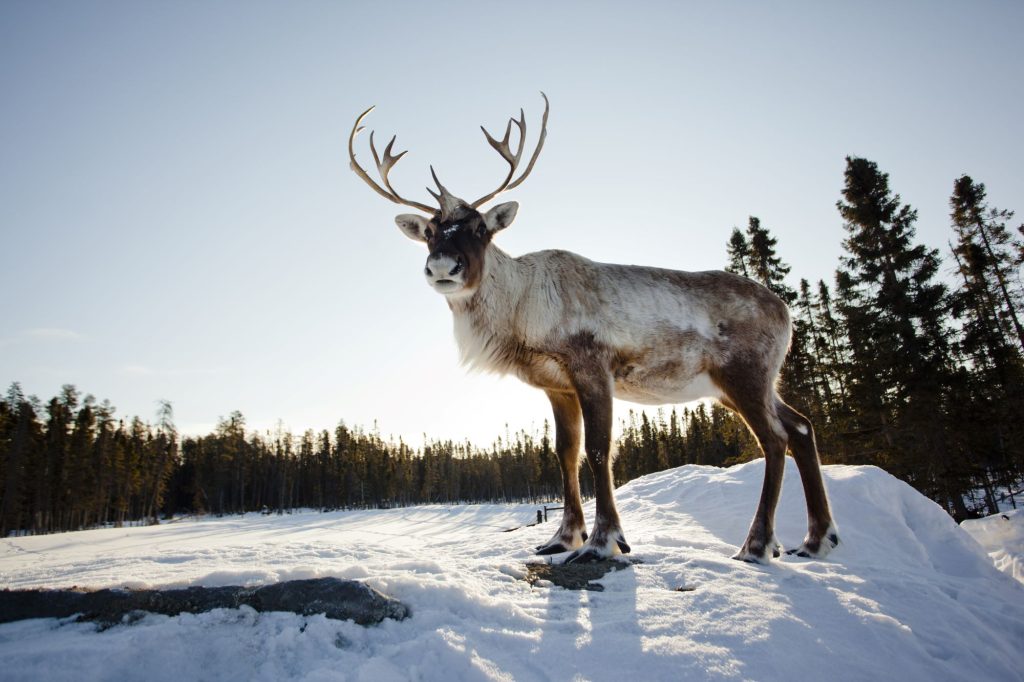
When: June to September
Contrary to popular belief, spotting caribou in Quebec can be rare. There is, however, one place where you can will inevitably see them: Gaspésie National Park, more specifically Mont Jacques-Cartier, is your best bet. Here, amidst the alpine tundra, you may be lucky enough to catch a glimpse of these elusive creatures – maybe even a whole herd of caribou!
Alternatively, visit Parc Oméga in Outaouais or Zoo sauvage de Saint-Félicien in Saguenay for a chance to see caribou and other deer species roaming freely.
Where can I sleep with wolves in Quebec?
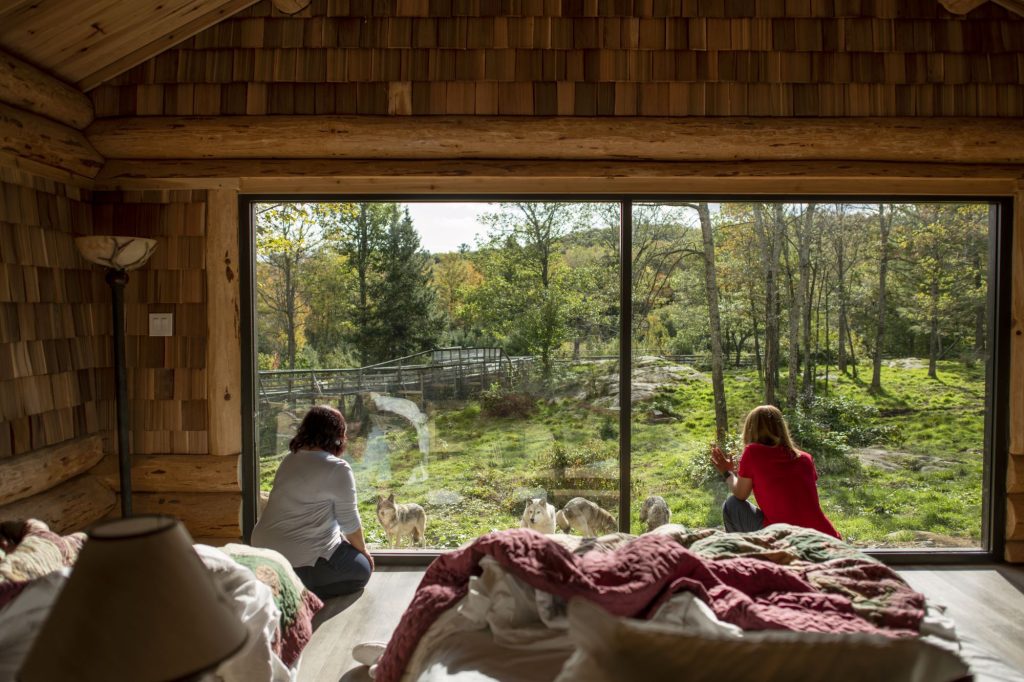
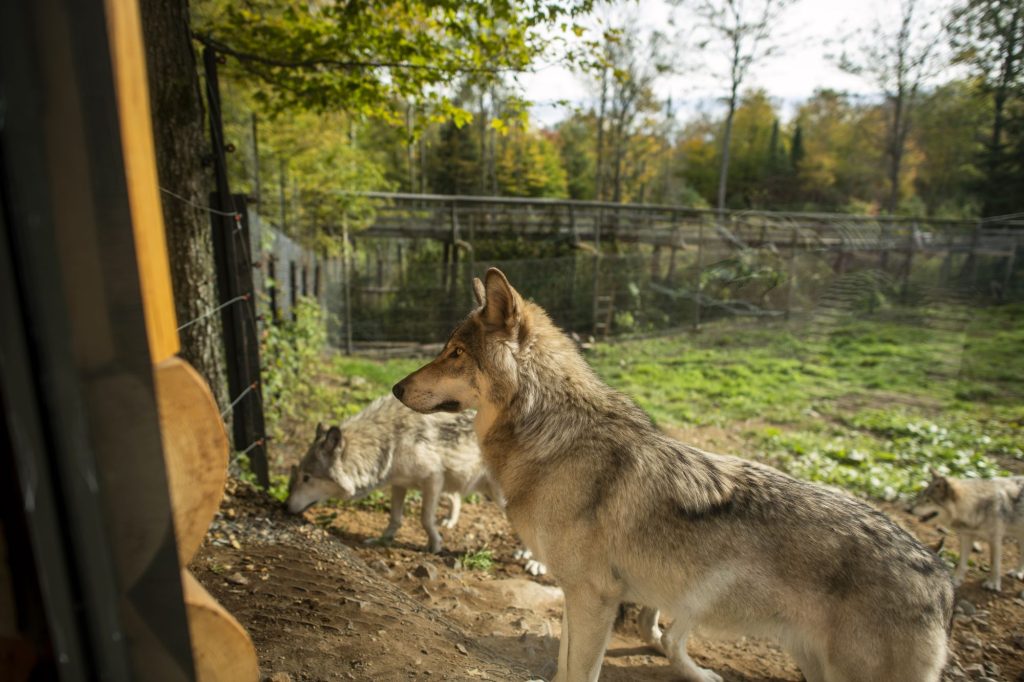
When: All year round
As far as wildlife observation in Quebec goes, it really doesn’t get better than Parc Oméga. Quebec wolves are mainly found in Côte-Nord, Nord-du-Québec, Saguenay-Lac-Saint-Jean, Outaouais and Abitibi-Témiscamingue. To immerse yourself in their environment, Parc Oméga offers unique accommodations right in the heart of wolf territory—an unforgettable experience.
Refuge Pageau also provides a sanctuary for injured wildlife and a chance to see gray wolves in a protected setting in the heart of Abitibi-Témiscamingue‘s vast, little-known wilderness.
Where can I see moose in Quebec?

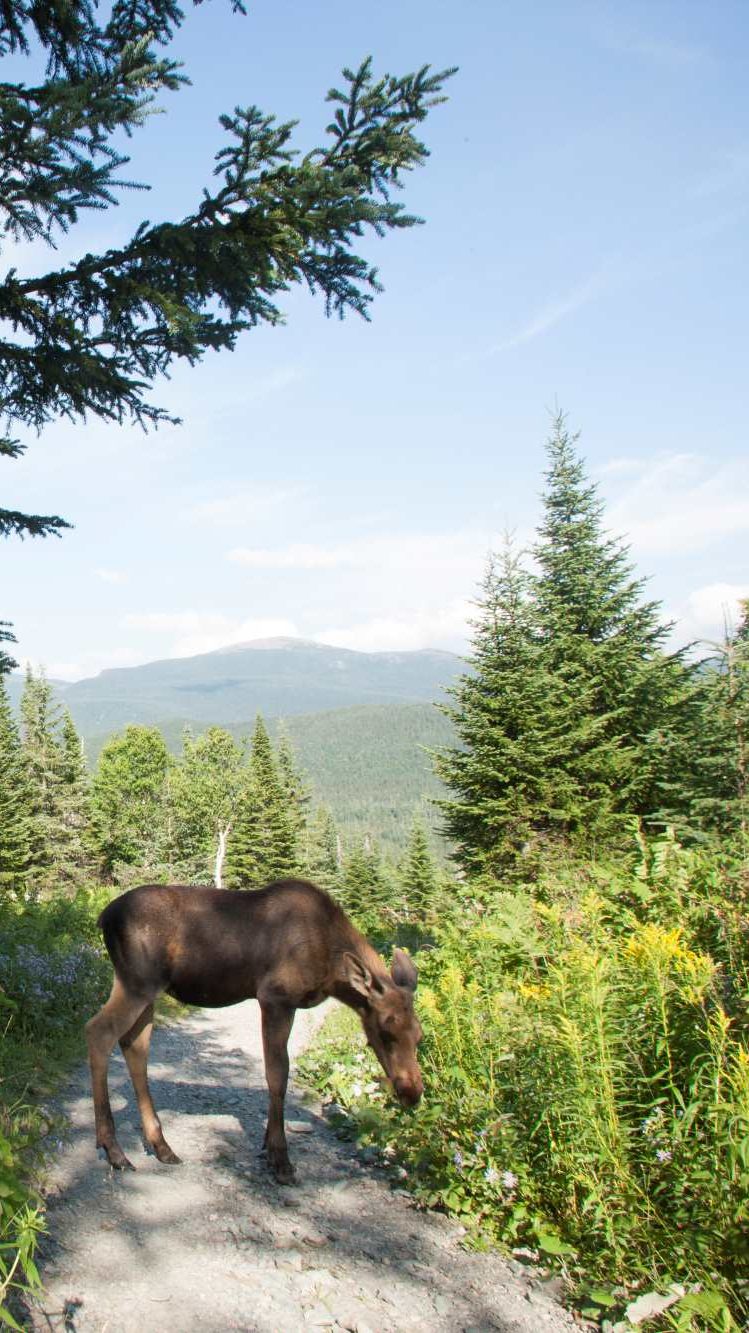
When: Year-round, best in the fall
In early summer, moose are drawn to Quebec’s lush valleys. It’s more common to see the world’s largest moose in certain national parks, such as the Ernest Laforce Trail in Gaspésie National Park, Jacques-Cartier National Park, Matane Fauna Reserve or the Mirador Trail in Monts-Valin National Park. You can also visit the Pourvoirie du Lac Moreau in Charlevoix, which offers birdwatching activities between August and October.
If you hike or canoe on the river, be on the lookout, especially at dawn and dusk. This deer feeds on aquatic plants and is a frequent visitor to the shores of ponds and lakes.
Where can I see whales in Quebec?
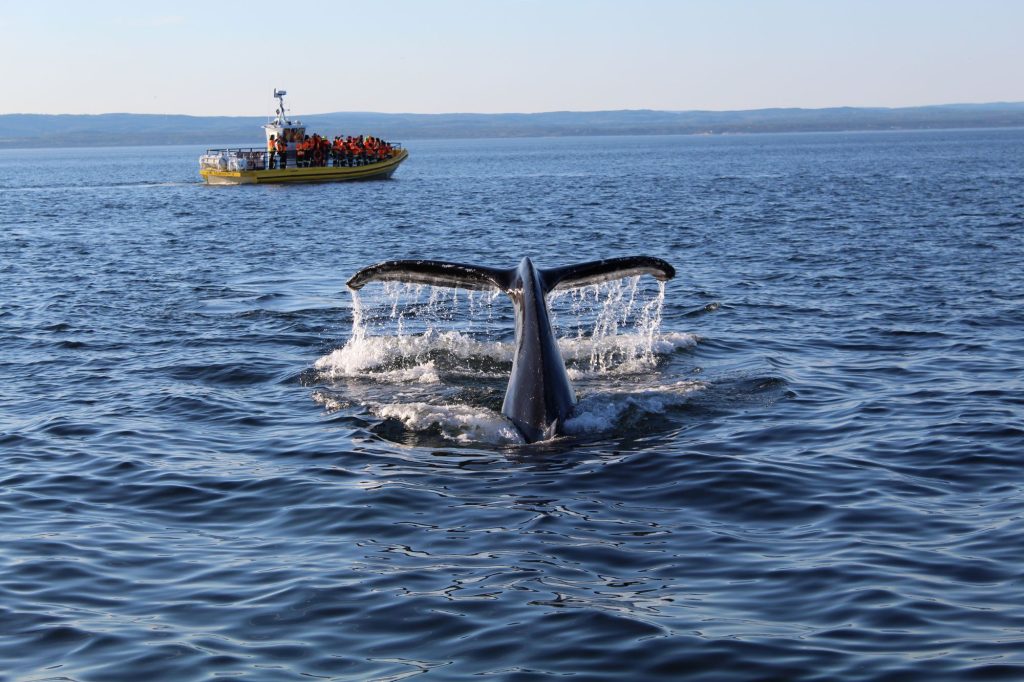
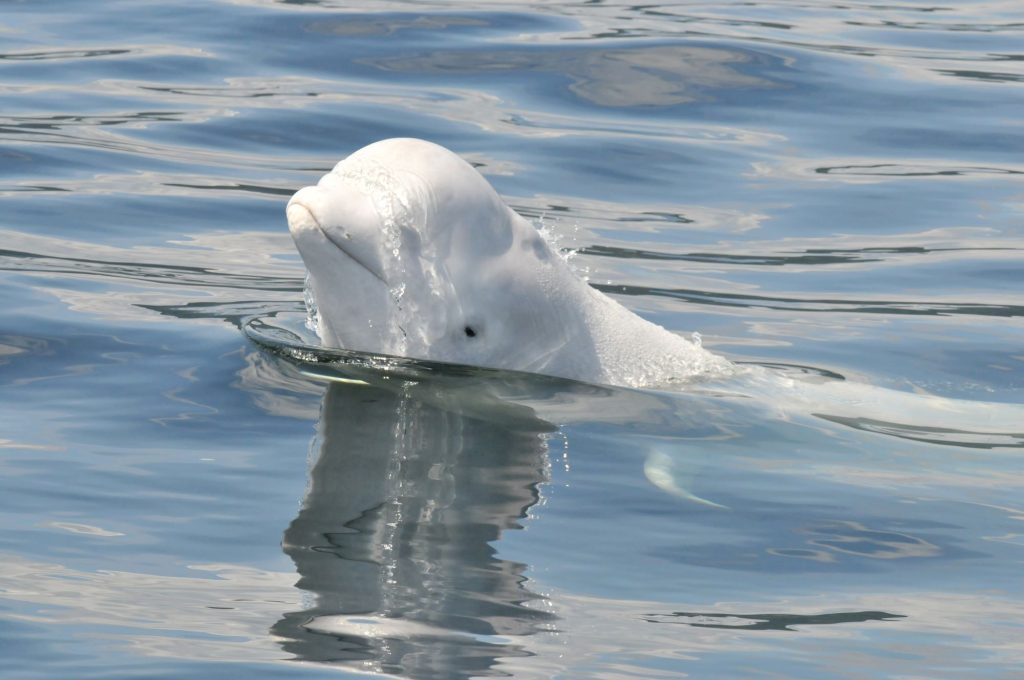

When: mid-May to mid-October
Quebec is incredibly fortunate to welcome 13 species of marine mammals to the St. Lawrence River estuary each year. And why is that? Because the waters of the Gulf are forged by a unique underwater relief and oceanographic conditions that make them rich in plankton and other small fish, especially in the spring when the capelin migrate.
Whether by sea kayak, zodiac, cruise ship or even from the shore, you have fairly good chances of seeing any one of these Quebec animals: minke whales, beluga whales, harbour seals, fin whales, humpback whales and porpoises, as well as one of the largest animals on the planet, the blue whale.
The Saguenay-St. Lawrence Marine Park
This sector encompasses the towns of Tadoussac, Cap-de-Bon-Désir near Les Bergeronnes and Les Escoumins, as well as the mouth of the Saguenay Fjord at the tip of L’Islet. All specialists agree: this is the best place in Quebec to see whales, especially belugas, which regularly vocalize here. Don’t miss the Centre d’interprétation des mammifères marins for expert insights.
For an extraordinary experience, consider booking an overnight camping stay with Mer et Monde Écotours in the Les Bergeronnes area. Your wake-up call will be… the sound of whales blowing!
The Côte-Nord
This is where the 850 kilometers of the Whale Route begins! To the east of Saguenay-Lac-Saint-Jean lies a series of archipelagos whose waters are teeming with the most fascinating underwater creatures. This is one of Quebec’s most rugged regions, where nature is in the ascendancy, enriched by indigenous traditions and an abundance of wildlife. To observe its beauty, stop at the Mingan Archipelago National Park Reserve, at Île Grande Basque in the Sept Îles Archipelago and at the sandbank of Portneuf-sur-Mer.
Gaspé Peninsula
To see white-sided dolphins, fin, minke and humpback whales, and the occasional blue whale, head to the eastern tip of the Gaspé Peninsula, Forillon National Park and Parc National du Rocher-Percé.
Feeling seasick? No need to worry. The trails on the island of Bonaventure – on dry land!- are also a great place for wildlife observation in Quebec.
Where can I see beavers in Quebec?
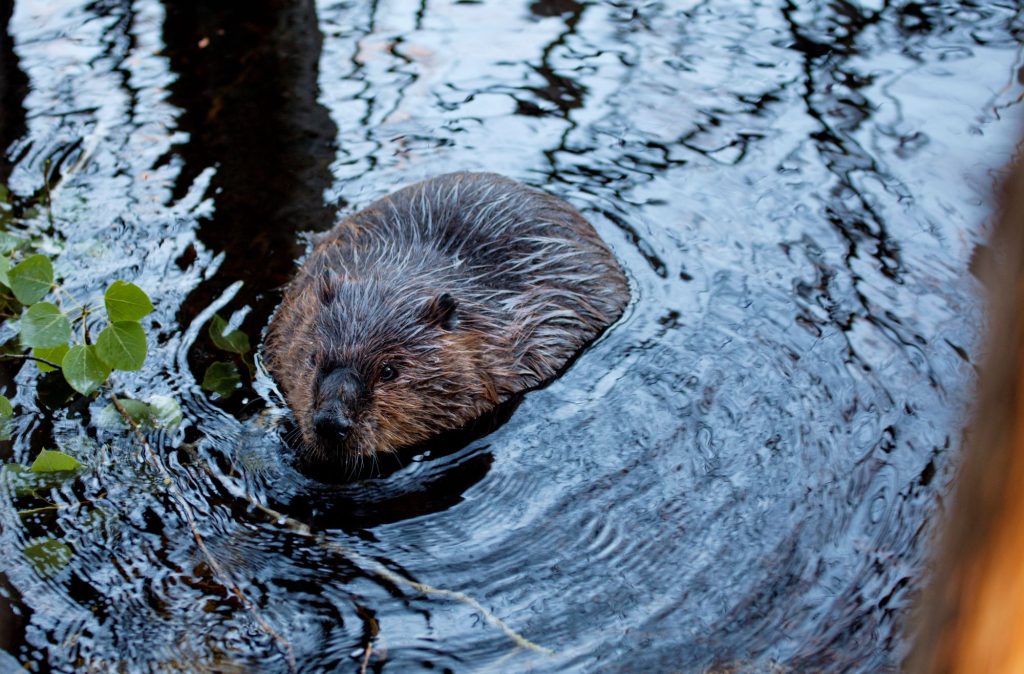
When: May to October
Come in search of North America’s largest rodent, the beaver! The architect of the animal kingdom, the beaver can be seen building intricate lodges along Quebec’s waterways, where it constructs its stunningly intricate lodge in the form of dams before hibernating.
Key locations include the Scotora Trail in Jacques-Cartier National Park near Quebec City and Plaisance National Park in the Outaouais. If you’re travelling from Montreal to Toronto by car, this is an interesting stop along the way. Here, you can book an excursion with a zoologist to see beavers in their natural habitat at dusk and dawn.
Are there black bears in Quebec and where can I see them?
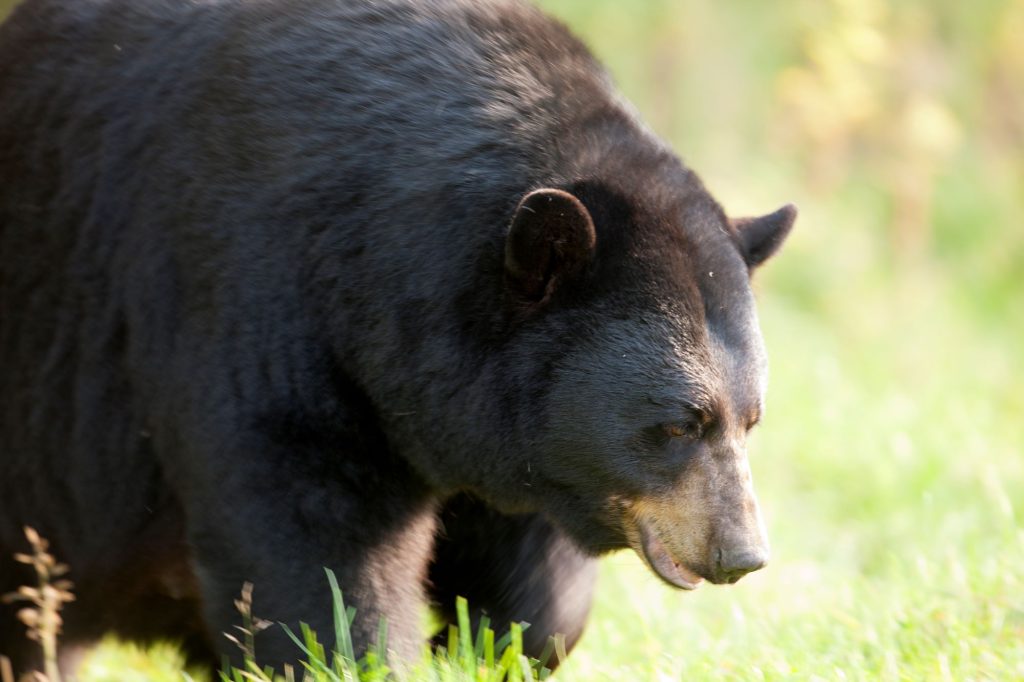
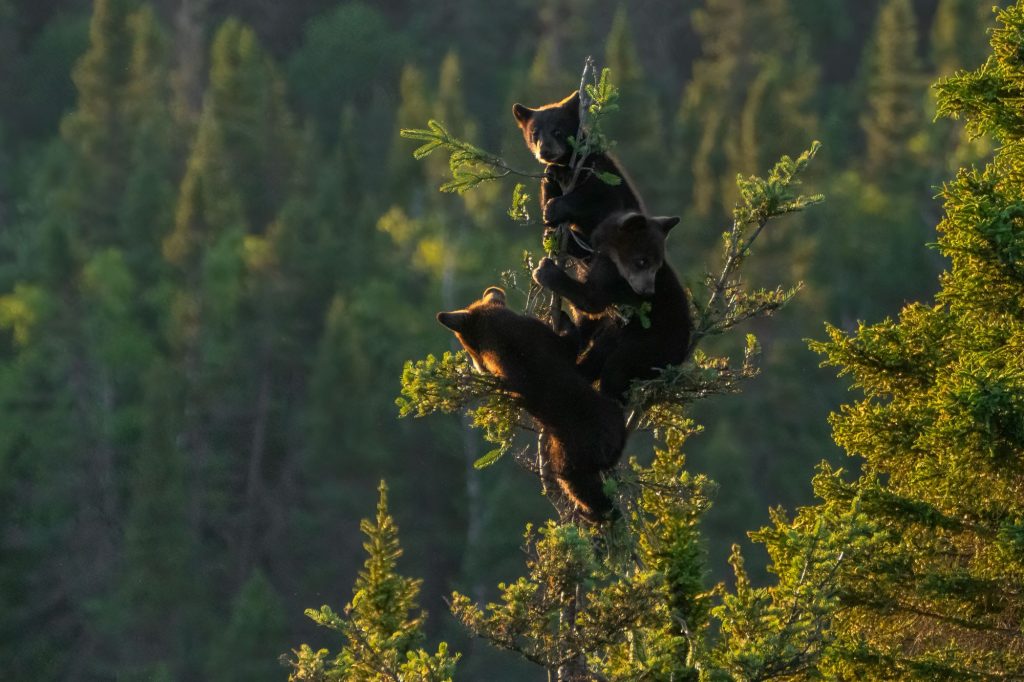
When: Summer
The black bear is a rather inconspicuous and solitary creature. Therefore, the chances of coming face to face with this burly Ursidae while hiking or camping are slim to none. Observing black bears in Quebec requires a careful approach.
Ethical viewing opportunities include safari-style excursions with naturalist guides at Laurentides Wildlife Reserve, with Aventures Inukshuk near Quebec City and in Charlevoix at Domaine de l’ours noir. Magical moments guaranteed!
Where can I see snowy owls in Quebec?
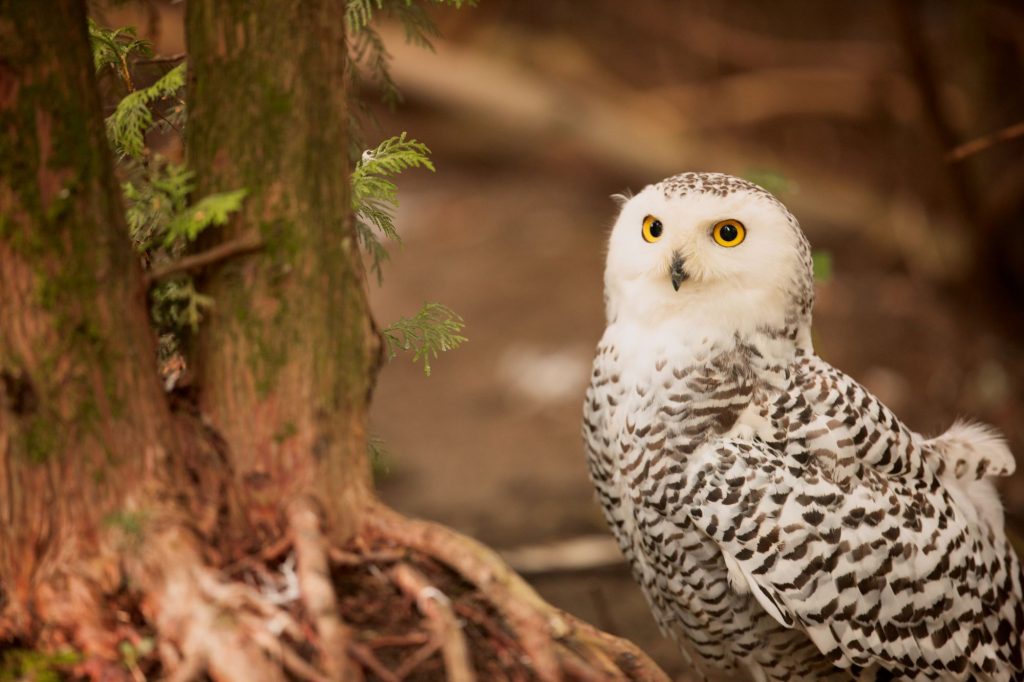
When: November to February
The snowy owl, a stunning and elusive bird of prey, graces Quebec’s winter skies. These magnificent creatures migrate to the southern regions of the province. What a great excuse to visit Quebec in the winter!
They are typically seen near the open fields along the St. Lawrence River, perched high above the ground. Their pristine white feathers blend seamlessly with the snowy backdrop, providing them with perfect camouflage. You may also catch a glimpse of them on lampposts and road signs, so stay alert and keep your eyes on the sky and your surroundings.
Where can I see deer in Quebec?
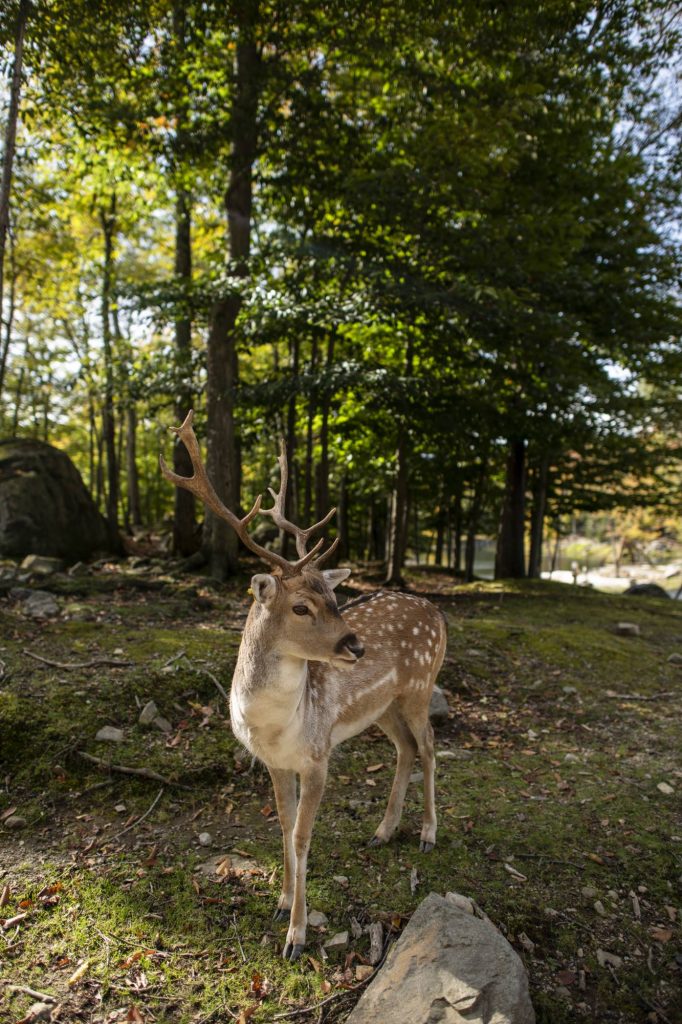
When: year-round
Deer are plentiful in the forests and national parks of Quebec. The largest concentration can be found on Anticosti, the largest natural island in Quebec, where the species was introduced by humans. Getting there takes patience, a fairly generous budget and a sense of adventure. But for wilderness enthusiasts, it’s the pinnacle of the Quebec nature experience.
However, you can easily spot deer while hiking near major centers such as Îles-de-Boucherville National Park, Réserve naturelle Gault, Bic National Park and many more.
Where can I see porcupines in Quebec?
When: year-round
Don’t be fooled by their prickly exterior—porcupines are gentle creatures! This spiky little creature, armed with around 30,000 quills, may look intimidating, but don’t be fooled—porcupines can’t actually launch their quills in self-defense!
In eastern Quebec, porcupines are a common sight: you’ll find them meandering along trails, beside roads, or nestled in the underbrush. Spotting them is easy in their natural settings, such as the Fjord-du-Saguenay National Park in the Baie-Éternité sector or along the Les Graves trail in Forillon National Park. Keep your eyes peeled for a chance to see these fascinating animals up close.
Where can I see northern gannets in Quebec?
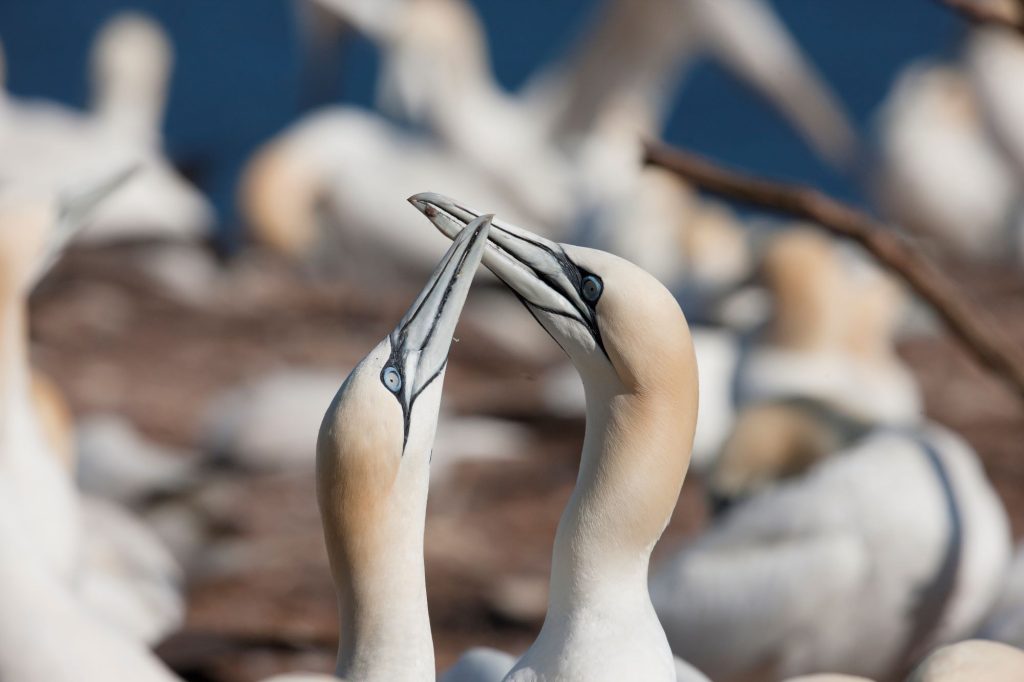
When: April to early October
Did you know that Quebec is home to the largest accessible colony of northern gannets in the world? Take a ferry to Île-Bonaventure-et-du-Rocher-Percé National Park and follow a short hike to where thousands of these gannets gather. You’ll hear them long before you can see them perched on the cliffs. Even for locals, this remains one of the most stunning spectacles of wildlife observation in Quebec.
These impressive species of birds can also be seen on the Magdalen Islands, where they add to the natural charm of the archipelago.


